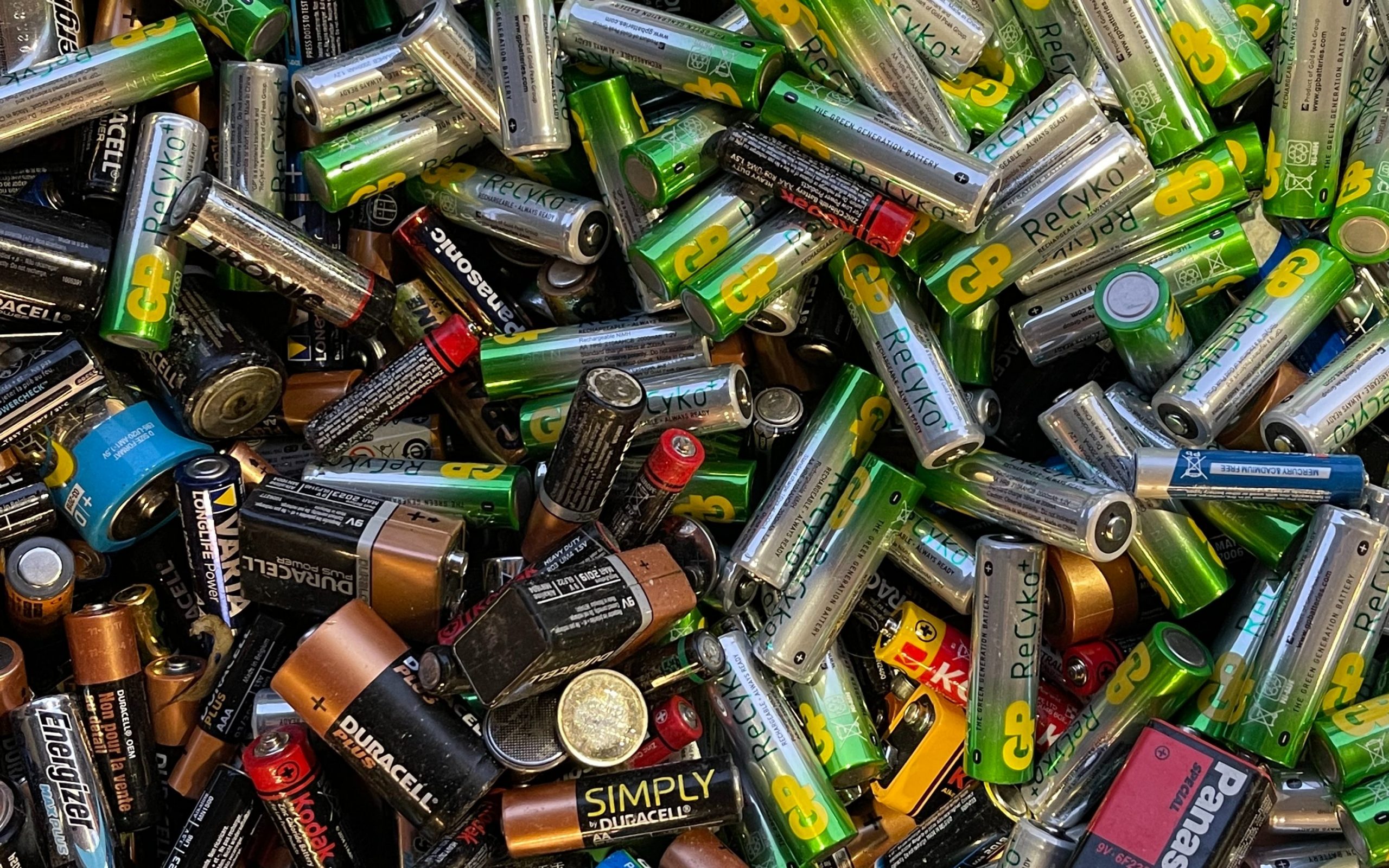
Vacuum batteries don’t last a lifetime and after a while, you’ll need to replace them. There are many different options to pick from, but it all depends on how much you would like to spend or how often you use your vacuum.
There are different battery types for each handheld vacuum and to find out what your vacuum takes, you need to take apart the vacuum cleaner. Make sure you have a screwdriver handy because you’re going to need it to get your batteries out.
And if you don’t want to replace your batteries yourself, there is an option to have them replaced by a professional.
Battery Types For Vacuum Cleaners
Handheld vacuum cleaners can come with a replaceable battery or a fixed battery. If your vacuum cleaner comes with a replaceable battery and is showing signs of aging, then you can call and get a warranty replacement.
Different types of batteries found in handheld vacuum cleaners:
- NiMH
- NiCd
- Lithium-ion
Handheld Vacuum cleaner batteries take Nickel Metal Hydride (NiMH) batteries, which happen to be rechargeable batteries. They are environment-friendly batteries with a low discharge rate and should be recycled properly and aren’t very expensive.
Most NiMH batteries have a normal voltage of 1.2. Most entry-level handheld vacuums use NiMH batteries and are cheaper than rechargeable lithium batteries, plus they’re more reliable to use for handheld vacuum cleaners. Different NiMH batteries are designed for different capacities.
Some NiMH batteries are built for higher capacity and some are made for high discharge currents. When you go to replace your vacuum batteries, make sure you know the maximum current that’s required for your device.
On older handheld vacuum cleaner models, Nickel Cadmium (NiCd) batteries are found in older and cheaper models. They have slowly been phased out in favor of NiMH batteries.
Rechargeable lithium-ion batteries are mainly used in modern vacuum cleaners, cordless tools, and a few other small appliances. When searching for lithium-ion replacement batteries make sure you look for a battery with the same chemistry and same larger capacity and the maximum allowed charging/discharging current.
Some cordless vacuums use custom battery packs for their cordless units. These battery packs are optimized for vacuum cleaners in terms of size, capacity, voltage, drain current, and charging current. When or if your battery pack were to fail, it’s best to order a new battery pack from the manufacturer. If not, it’s best to visit a certified shop or service center to get the battery pack serviced.
Replacing Battery Packs
Handheld vacuums can last for a decent amount of time, long as they have a decent and stable battery. It’s not hard to replace batteries when they eventually die and the cost of the batteries is relatively cheap.
You always have the option to take your vacuum to the repair shop and get a price on how much it’ll cost to replace your batteries. In some instances, it might be cheaper to just purchase a brand new vacuum cleaner. But if you need your vacuum cleaner back up and running quickly and don’t have time to fix it, then a repair shop is your best option.
Tools needed to replace vacuum batteries:
- Screwdriver
- A hex key (Allen wrench)
If you want to change out the batteries yourself, then you need to disassemble the unit, clean it with compressed air. Dust and corroded contacts can cause the motor to slow down even if the batteries are still in good condition. After you’ve taken everything apart, make sure to snap a picture so that way you can know how to assemble it later on.
Common screwdrivers and a regular set of tools will be what you’ll need to disassemble your vacuum. After you’ve taken everything apart, take a lot at what batteries are inside and carefully remove your batteries.
When your batteries are removed it’s best to clean the motor. Some people have used WD-40 in the motor shaft, but that’s not a great idea because it can attract dust particles that stick to the shaft and cause friction in the future.
Battery Life For Handheld Vacuums
Even though they’re rechargeable, batteries will die eventually. Batteries can withstand a limited number of charging cycles before they begin to wear out. Rechargeable NiMH and Lithium-ion batteries can withstand at least several hundred charging cycles. Most non-rechargeable lithium batteries can provide over 1000+ charging cycles.
Common battery sizes:
- RCR123A batteries: 17 x 34.5 mm
- Sub-C batteries: 22.2 x 42.9 mm
- C-Cell batteries: 26.2 x 50.0 mm
- 18650 batteries: 18 x 65.2 mm
- 26650 batteries: 26.5 x 65.4 mm
Batteries can typically last longer if they can discharge and fully charge every couple of months.
Battery Memory Effect
This is important to know and keep track of for a battery’s lifespan. When a battery is kept fully charged for extended periods of time, it can “forget” its full capacity. Batteries that are stored in charging docks fully charged will eventually wear out way faster than batteries that are fully discharged.
It’s important to occasionally fully discharge and recharge your batteries in order to extend the lifespan. Lithium-ion batteries do not suffer from the memory effect. They last for a long time, however, they are more expensive than most battery types.
Lithium-ion batteries are generally considered the best choice for cordless vacuums and come in a variety of sizes. However, they do have a shorter life expectancy than most batteries. Lithium-ion batteries are only expected to last two to three years after the manufacturer’s date.
Take Care Of Your Vacuum
If your vacuum has a rechargeable battery, make sure you take care of it and not let it overcharge. And if your vacuum doesn’t take rechargeable batteries, take it to a repair shop to get the battery replaced, or be prepared to do some handy work to replace the battery.
Doing this will extend your battery life and can save you more money in the long run.
